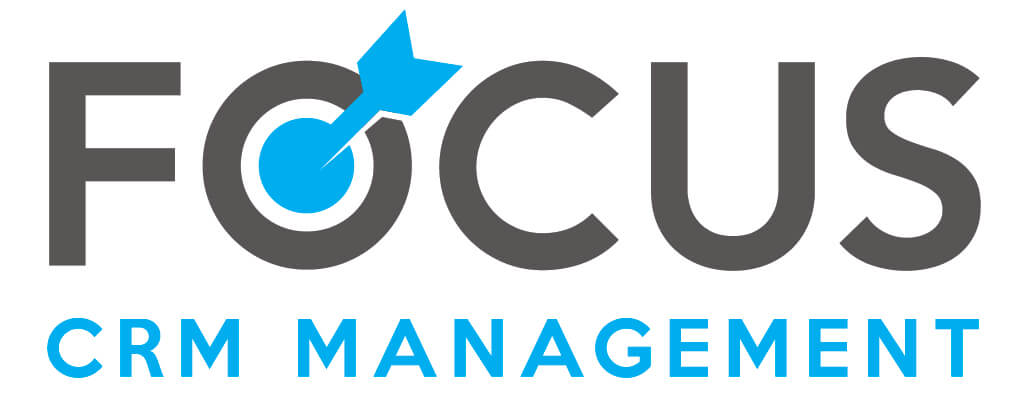A couple weeks back, I had the pleasure of attending a Salesforce.com webinar that provided tips on how small and medium-size businesses can better scale in 2020. The purpose of this blog post is to share with you a summary of key points discussed in the webinar.
The overarching theme of the webinar was based on the primary challenge that small/medium sized business owners “do not having enough time”. Based on surveying 1000+ owners of small (up to 20 employees) and medium (21-200 employees) size businesses, Salesforce learned that small-size business leaders on average are responsible for 4.2 roles, while for medium-size businesses, they are responsible for 3.6 roles.
So, as business owners fight the never-ending battle with time by wearing multiple hats, here are three tips for 2020 that can assist in fostering growth.
1. Automation:
Although automation has a role in ensuring data integrity, its real value is in its ability to give time back. It removes the time lag that happens when users are left working with a “manual” process. We know that Sales Reps are inundated with the manually logging of their call notes; scheduling next actions and creating and updating accounts, contacts and opportunities. However, by employing workflow and approval automation in your CRM, we have an opportunity to remove “time wasting” responsibilities and enable the sales team to spend more of their day selling.
At Focus, a current client did just that. For them, any person selling, requires a quote to be approved above a specific amount threshold. Their previous process forced the salesperson to fill out an excel document with information already logged in Salesforce.com and once completed, they would email it over to the approver and wait. If they didn’t receive a response, in a timely manner, they would send a follow-up email and the back and forth would ensue. To magnify this, there were 10 sales reps, each submitting quote approval requests daily. Think about the approver!
Insert “Approval Automation”. By leveraging information already filled out within the opportunity record, we created a form that automatically populated itself and notified the approver to review. No longer did the salesperson have to fill out an excel document. No longer did they have to email it and wonder if the approver received the request? The approver no longer had to organize all requests in their email inbox and send status reports back to the sales team; Everyone now uses a Kanban view within Salesforce.com to determine what requests are still outstanding and for whom.
This simple automation gave time back to the sales team and to the approver.
2. Integration:
In 2006, when I began implementing CRM’s, it was rare and if possible, very expensive for organizations to integrate their many systems. Because of this, anyone wanting to view information related to a client (e.g. marketing, sales activity, pipeline, orders, invoicing) would need to access many systems. This requirement takes effort and is another “time-wasting” activity.
Today however, it is very common and inexpensive to integrate within. Daily, we work with clients at marrying their email and calendaring tools with Salesforce.com along with connecting more robust systems that incorporate information like orders and invoicing. All of this integration has provided for a single location for any person to access and gain the desired “360-degree view” of any customer.
Case in point, a current client has four separate data buckets all containing a separate piece of information for each of their clients. Marketing maintains HubSpot track their efforts and results. Sales uses Salesfore.com to track their pipeline. Accounting uses Navision to manage orders and invoicing. Finally, everyone uses Outlook to manage emails, tasks and calendar.
Leveraging integration, Focus enabled the HubSpot for Salesforce.com connectivity for Marketing. Integrated everyone’s Outlook with Salesforce.com to automatically capture and sync emails, tasks and events and finally, used a 3rd party connect app to integrate Navision with Salesforce.com to bring over order and invoice information in real time. Now, if any person has a question, albeit marketing, sales or a post-sale order/invoice inquiry, Salesforce.com is their single source to find the answer.
For this one client, integration has given time back to each person involved by removing the “time-wasting” activities required when sourcing different systems.
3. Defined Processes:
With more data available in one place, we are able to gain more insight quicker. However, without a unifying and aligned process of how data is to flow and be managed, we lose time trying to understand it. This is seen when marketing and sales are not clear on when to handover responsibility of a lead. When each person in the sales process isn’t clear on when to create an opportunity or when to quote/not quote. Ultimately, when people are left up to their own decisions on how to manage and share data, there is no consistency and therefore, confidence is lost, and the value of a CRM is eroded.
With clearly defined processes for each department, we ensure everyone is working off the same “playbook”. As a result, we work as a team and build confidence in our initiatives and results, Furthermore, and probably more importantly, we enable the system to warn us of any issues versus us having to go hunting for them. All of this adds up to saving us time.
In summary, as we plan for 2020, a few tips relating to your CRM can drastically impact your ability to scale by giving time back. Automation, integration and defined processes are three ways of achieving this.
If you want to further understand how to best leverage these three tips within your CRM and empower your team for greater growth in 2020, we’d love to chat!

